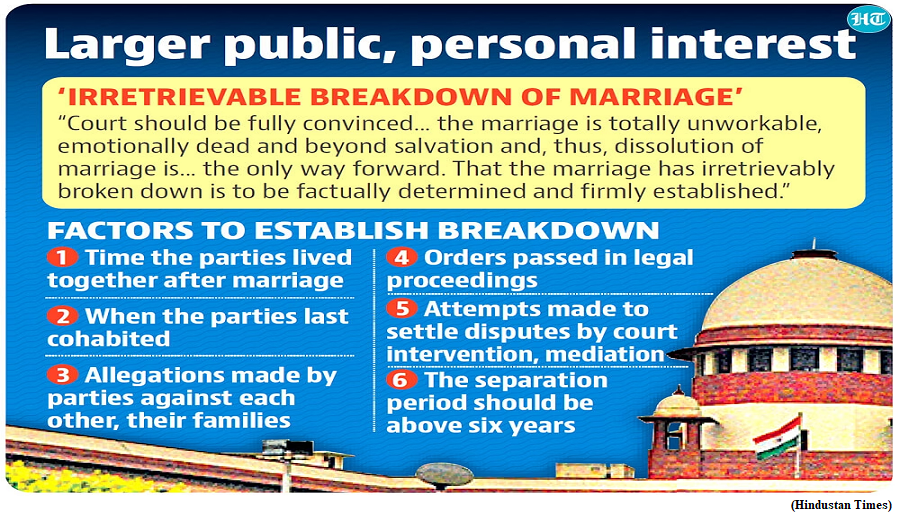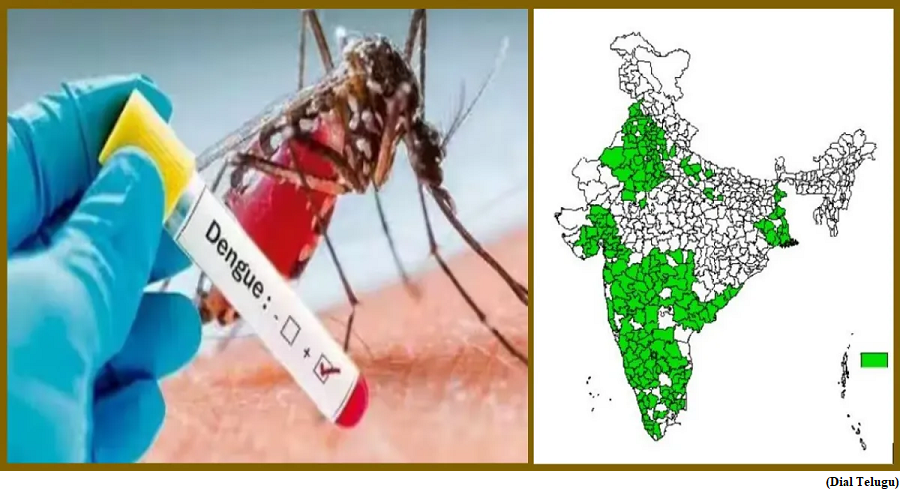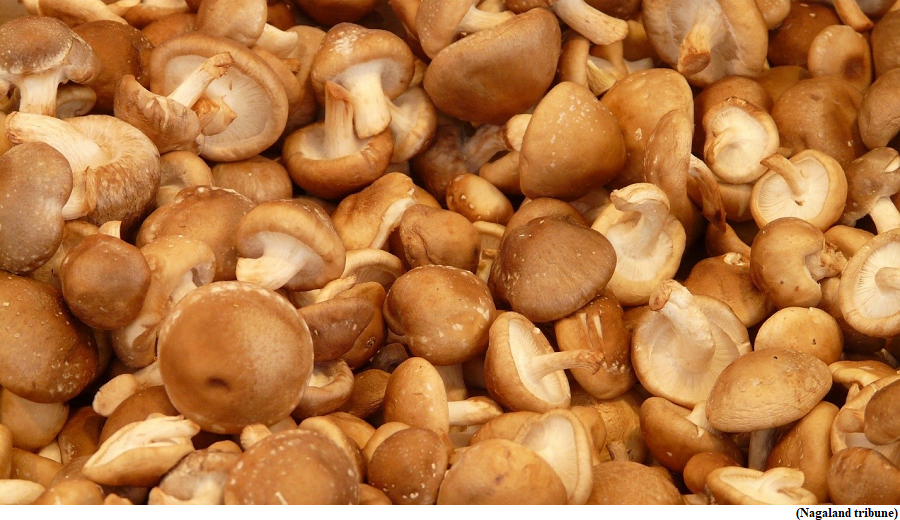Supreme Court rules it can directly grant divorce to couples (GS Paper 2, Judiciary)

Why in news?
- Recently, a constitution or five-judge bench of the Supreme Court held that it can exercise its powers under Article 142 of the Constitution to directly grant a decree of divorce to consenting parties.
- It is possible in cases of irretrievable breakdown of marriage, without referring the parties to a family court where they must wait for 6 to 18 months for a decree of divorce by mutual consent.
What is the current procedure for getting a divorce under the Hindu Marriage Act (HMA)?
- Under Section 13B of the Hindu Marriage Act, 1955, the procedure to obtain a divorce by mutual consent is laid down.
- Section 13B (1) states that both parties can file a petition for dissolution of their marriage by presenting a decree of divorce to the district court, on the grounds that they have been living separately for a year or more or that they have not been able to live together or have mutually agreed to dissolve their marriage.
- Further, under Section 13B (2) of the HMA, both parties seeking divorce have to wait between 6 to 18 months from the date on which they presented their petition to obtain the divorce decree. The six-month period is given so that the parties have ample time to withdraw their plea.
- After the passage of the mandated period and hearing both parties, if the court is satisfied, it may conduct an inquiry and pass a decree of divorce, dissolving the marriage with effect from the date of the decree. However, these provisions apply when at least one year has elapsed since the marriage took place.
- Additionaly, divorce can be sought by either spouse on grounds like adultery, cruelty, desertion, religious conversion, insanity, leprosy, venereal disease, renunciation, and presumption of death.
Can the process happen quickly in certain cases?
- In circumstances of exceptional hardship or depravity, a divorce petition may be allowed under Section 14, even before the lapse of one year since marriage.
- The mandatory six-month waiting period under Section 13B (2) of the HMA can also be waived by filing an exemption application before a family court in a motion for the court to pass a decree of divorce.
- In its 2021 ruling in Amit Kumar vs. Suman Beniwal, the apex court said, “Where there is a chance of reconciliation, however slight, the cooling period of six months from the date of filing of the divorce petition should be enforced. However, if there is no possibility of reconciliation, it would be meaningless to prolong the agony of the parties to the marriage.”
- Thus, if the marriage has broken down irretrievably, the spouses have been living apart for a long time unable to reconcile their differences, and then they mutually decided to part, it is better to end the marriage to enable both spouses to move on with their lives.
What was the case that took the Supreme Court route under Article 142?
- In 2014, a case was filed in the SC, titled Shilpa Sailesh vs. Varun Sreenivasan, where the parties sought a divorce under Article 142, stating that their marriage had irretrievably broken down. This is one of the legally recognised grounds for divorce, available to both the husband and the wife.
- In a recent SC judgment in the Shri Rakesh Raman vs. Smt Kavita case, the court said “irretrievable breakdown of marriage” can be read under the grounds of cruelty, under S13 (1) (a) of the Hindu Marriage Act.
SC Verdict:
- In the present case, the court granted divorce to the parties using its Article 142 powers. However, it clarified that the question of whether it can directly grant divorce under Article 142 without referring the parties to a family court would remain open. This was done in light of the multiple similar petitions pending before the top court on the same question.
- In 2021, the court said that it would determine what rules should be followed while dissolving marriages directly under Article 142.
- The court also aims to clarify whether the application of its power under Article 142 would extend to all divorce cases; and whether it could be used in cases where one of the parties is not consenting to the divorce.
- For this, the court appointed senior advocates Dushyant Dave, Indira Jaising, Meenakshi Arora, and V. Giri as amicus curiae, for assistance in the case.
Dengue virus in India has evolved, scientists highlight urgent need for vaccine
(GS Paper 2, Health)
Why in news?
- The Dengue virus in India has evolved dramatically, researchers at the Indian Institute of Science in Bengaluru have revealed. The new details were revealed as part of a computational analysis of the virus over six decades.

Details:
- They found that the cases of mosquito-borne viral disease have steadily increased in the last 50 years, predominantly in South-East Asian counties.
- They looked at the four serotypes of the dengue virus and examined how much each of these serotypes deviated from their ancestral sequence.
- The dengue propagates and adapts to the selection pressures imposed by a multitude of factors that can lead to the emergence of new variants.
What is Dengue?
- The dengue virus belongs to the family Flaviviridae and has four serotypes: DEN-1, DEN-2, DEN-3, and DEN-4.
- The virus is transmitted to humans by the Aedes mosquito, which becomes infected by biting an infected person.
- Once the virus enters the human body, it replicates in white blood cells called monocytes and macrophages, which are a part of the body's immune system.
- The virus then spreads to other organs, including the liver, spleen, and lymph nodes, causing a range of symptoms.
How has Dengue evolved in India?
- IISC researchers examined 408 genetic sequences of Indian dengue strains from infected patients collected between the years 1956 and 2018.
- It was noted that until 2012, the dominant strains in India were Dengue 1 and 3. But in recent years, Dengue 2 has become more dominant across the country, while Dengue 4, once considered the least infectious is now making a niche for itself in South India.
- Sometimes people might be infected first with one serotype and then develop a secondary infection with a different serotype, leading to more severe symptoms.
- Scientists believe that if the second serotype is similar to the first, the antibodies in the host’s blood generated after the first infection bind to the new serotype and bind to immune cells called macrophages.
- The antibodies generated in the human body after a primary infection provide complete protection from all serotypes for about 2-3 years. Over time, the antibody levels begin to drop, and cross-serotype protection is lost.
Way Forward:
- The new findings further show how important it is to develop a vaccine for the disease.
- Even as dengue remains a major health concern in India, there is no vaccine available for the disease.
- The Indian Council of Medical Research is in the midst of phase-3 trials of a vaccine candidate that has been jointly developed by Serum Institute and Panacea Biotec.
Mushroom farmers upbeat over commercial farming of Shiitake in J&K
(GS Paper 3, Economy)
Why in news?
- Farmers engaged in mushroom cultivation in Jammu and Kashmir are upbeat over the government announcement to introduce one of the costliest mushrooms ‘Shiitake’ for commercial farming in the Union Territory.
- The agriculture department will launch commercial farming Shiitake in September after successful field trials of the cultivation of this Japanese-origin variety.

Details:
- The cultivation trials were carried out successfully for spawn production and cultivation of Shiitake mushrooms in a spawn production laboratory in Jammu as well as in fields.
- It was done on sawdust of broad leaves in polypropylene bags as per the guidelines of the Directorate of Mushroom Research (ICAR), Solan.
- All trials turned out to be a success with the growth of fruiting bodies first and full growing up of mushrooms.
Shiitake mushrooms:
- Shiitake mushroom (Lentinus edodes), which is native to Japan, is a type of edible fungus and contains a chemical called lentinan, which some medical professionals use to boost the immune system.
- It will be considered a move to bring an economic boom in the farming sector with regard to mushroom cultivation in J&K.
- The fresh mushroom sells for Rs 1,500 per kilo in the market. If dried, it is sold at Rs 15,000 per kilo in the market.
- Their farming will be diversified, apart from growing three mushroom varieties - Button, Dingri and Milky mushrooms. The fourth, Shiitake mushroom, will be introduced.
- It will diversify cropping as well as the farming system. It will benefit economically to all, even small mushroom growers.
- It has anti-carcinogenic properties, used in the treatment of cancer.
Way Forward:
- Aiming to support small-scale farmers, the J&K government is going to implement a full-fledged project at a cost of Rs 42 crore in the next three years for the promotion of round-the-year mushroom cultivation for sustainable and profitable crops.



